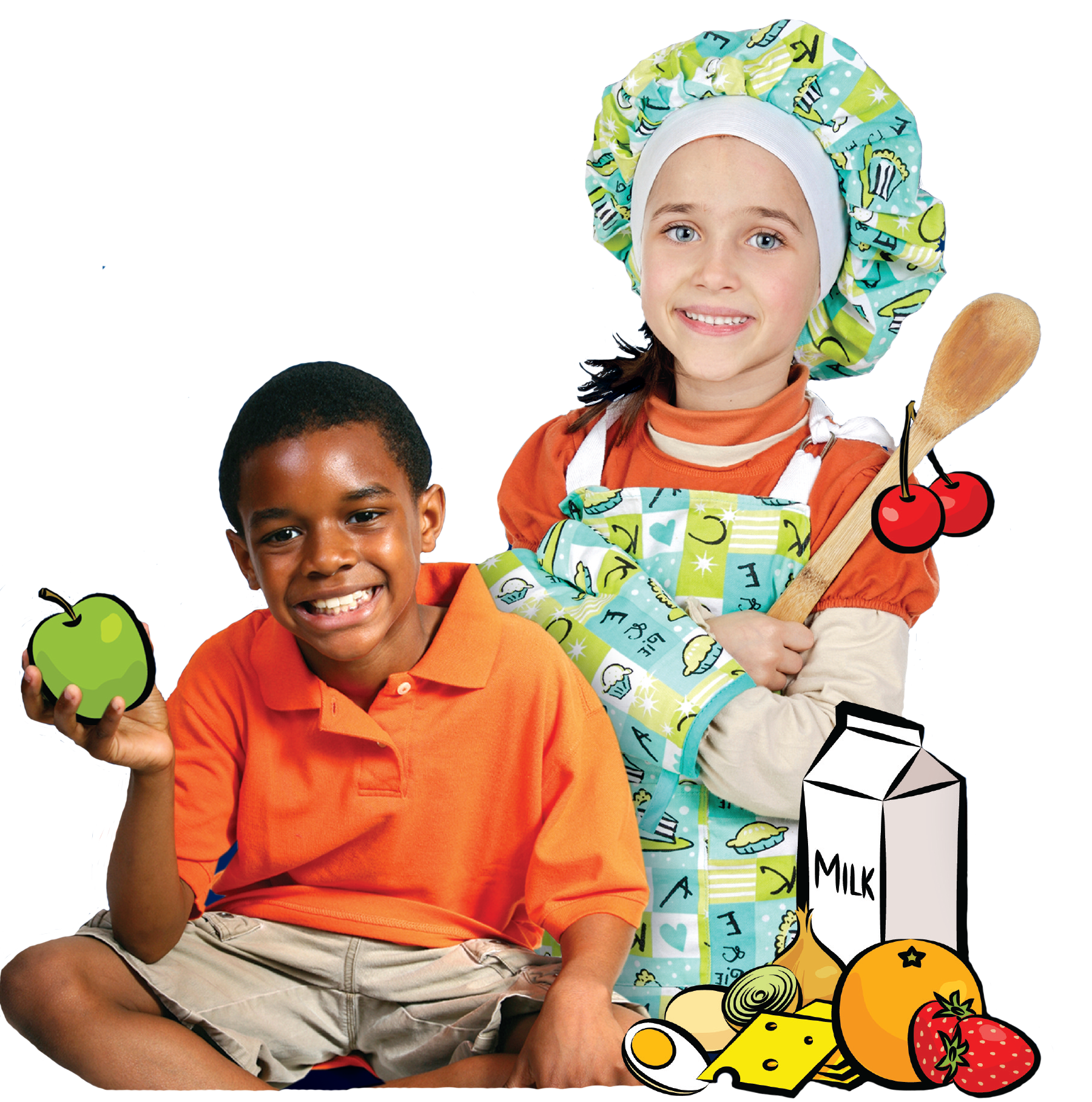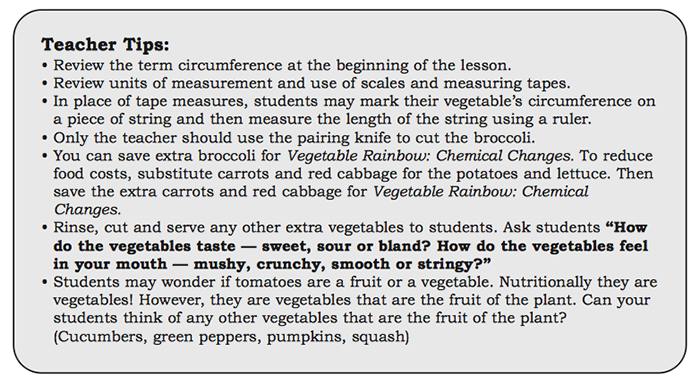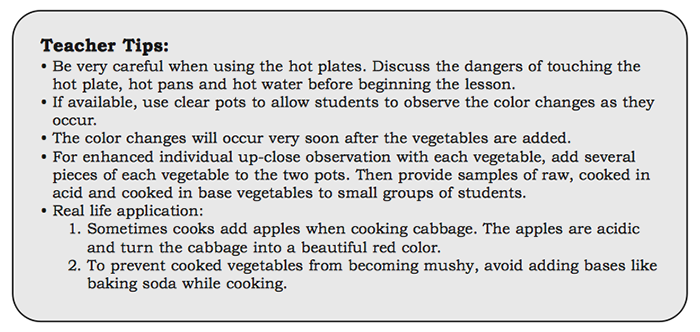Introduction to FoodMASTER:
FoodMASTER (Food, Mathematics and Science Teaching Enhancement Resource) is a compilation of programs aimed at using food as a tool to teach mathematics and science. It is our theory that if food is used as a tool to teach mathematics and science, students will be better prepared to demonstrate and apply mathematic and scientific knowledge. Because students encounter food on a daily basis, they have preexisting contextual experiences preparing them for learning new and relevant mathematics and science material.
Food is conducive to hands-on and virtual, inquiry-based, active learning that uses multiple senses to engage students in the learning process. Utilizing food allows for an interdisciplinary approach to learning concepts and ideas in a variety of scientific subjects like general science, biology, chemistry, microbiology, nutrition and health. Additionally, food labs are a dynamic way to teach mathematics concepts such as numbers and operations, algebra, geometry, measurement and problem solving.
The knowledge and skill development that can be inspired by the FoodMASTER approach is limitless. Proper use of measurement tools, data collection and interpretation, application and generalization, classification and organization, graphing and comparative analysis, understanding chemical changes, observing functions of ingredients and controlling variables, pricing, critical thinking, self-directing learning, and team building are only a few of the potential knowledge and skill development areas for intermediate grade students experiencing FoodMASTER’s scientific inquiry labs.
Additional FoodMASTER lessons can be found to cover health and nutrition topics such as:
Background for this Lesson:
Vegetables are the parts of plants that people eat including roots, tubers, bulbs, stems, leaves, fruits, flowers, seeds and sprouts. Most Americans do not eat the variety or amount of vegetables that they need for healthy living. For this reason, it is important to learn about the nutrition and science of cooking vegetables.
In this lesson, students will:
- select appropriate measurement tools for measuring weight, length and circumference;
- practice measurement skills using appropriate units for weight, length and circumference;
- classify vegetables into five groups;
- state an example of a chemical reaction, an acid and a base;
- observe chemical reactions and record color changes;
- name at least one vitamin found in vegetables;
- select and use appropriate kitchen measurement tools;
- evaluate their soup creation; and
- design or plan a new soup.



